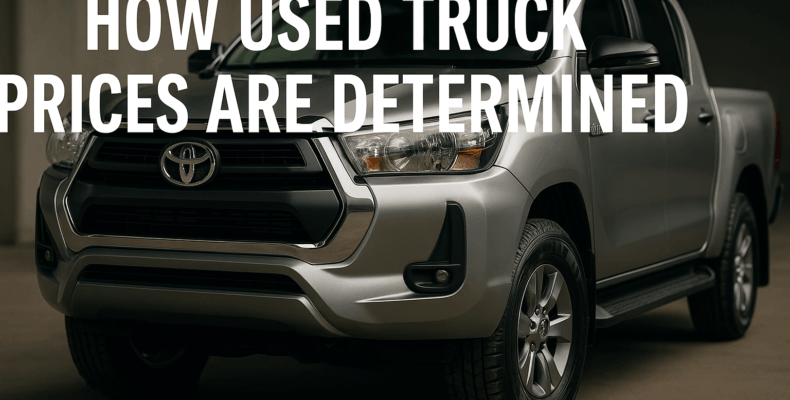How Used Truck Prices Are Determined: A Clear Guide for Global Buyers
When shopping for a used truck from Japan, price is one of the most important factors. Yet many international buyers wonder: Why do two similar trucks have different prices? This guide explains how used truck prices are calculated—helping you make informed and confident decisions.
Whether you’re a business owner in Africa, a fleet operator in the Caribbean, or an entrepreneur in Southeast Asia, this information is essential.
1. Truck Condition Always Comes First
The overall condition of the truck is a major factor in pricing. Even trucks of the same model, year, and mileage can vary in cost based on:
-
Exterior and interior appearance
-
Engine performance and transmission quality
-
Tire wear and chassis integrity
-
Rust, accident history, or repair records
Japanese sellers often provide auction inspection sheets, which show clear evaluations. These reports help buyers understand the condition and justify the price.
2. Mileage Matters—But It’s Not Everything
Yes, mileage influences price. Generally, lower mileage means a higher price. However, in Japan, many trucks are well-maintained due to strict regulations and regular servicing. Therefore, a truck with 200,000 km but excellent maintenance may be more valuable than one with 150,000 km and poor history.
3. Age of the Vehicle Affects Depreciation
Naturally, older trucks tend to be cheaper. But not always. Trucks from trusted brands like Hino, Isuzu, Mitsubishi Fuso, Toyota, and Nissan often hold their value longer due to their durability.
For example, a 10-year-old Hino Ranger in good condition can still command a solid resale price—especially in countries with tough road or climate conditions.
4. Popularity and Export Demand Drive Prices
Some trucks are more in demand depending on the region. If you’re in Zambia, Kenya, or Tanzania, certain models may be highly sought after, raising the price.
In contrast, models with lower demand may be priced more competitively.
Supply and demand in your destination country can significantly impact cost.
5. Special Features and Body Type Influence Value
Refrigerated trucks, dump trucks, box trucks, and flatbeds each serve different industries. Trucks with special equipment like PTOs, lift gates, or reinforced bodies will typically cost more.
Similarly, trucks with manual transmissions may be more valued in certain markets, while others prefer automatic systems.
6. Auction Grade and Inspection Score Matter
Many Japanese used trucks are sold through auction houses. Each vehicle receives a grade based on body, interior, and mechanical condition.
-
Grade 4 or above usually means excellent condition.
-
Grade 3.5 may show signs of wear but still be reliable.
-
Grade R or 0 often indicates major repairs or accident history.
Naturally, higher grades command higher prices.
7. Seasonality and Shipping Costs Add Variations
Prices can also rise during high-demand seasons. For example, during farming seasons or major construction months, demand spikes.
Additionally, shipping costs may rise based on port congestion or fuel prices. This can impact the final CIF (Cost, Insurance, Freight) price.
8. Who You Buy From Makes a Difference
Reputable exporters offer fair pricing, clear documentation, and verified inspections. Their experience and efficiency reduce risk and ensure smooth delivery.
We recommend checking the list of:
👉 Top 5 Trusted Japanese Used Truck Exporters for Global Buyers
These exporters are known for:
-
Honest pricing and clear communication
-
Deep understanding of global markets
-
Wide variety of well-maintained trucks
-
Reliable shipping and after-sale support
Conclusion: Knowledge Is Power in Truck Buying
Used truck prices are influenced by many factors—but with the right knowledge, you can get the best value. Condition, mileage, features, market demand, and exporter trust all play a role. By partnering with experts and reviewing auction reports, you’ll avoid surprises and buy with confidence.
